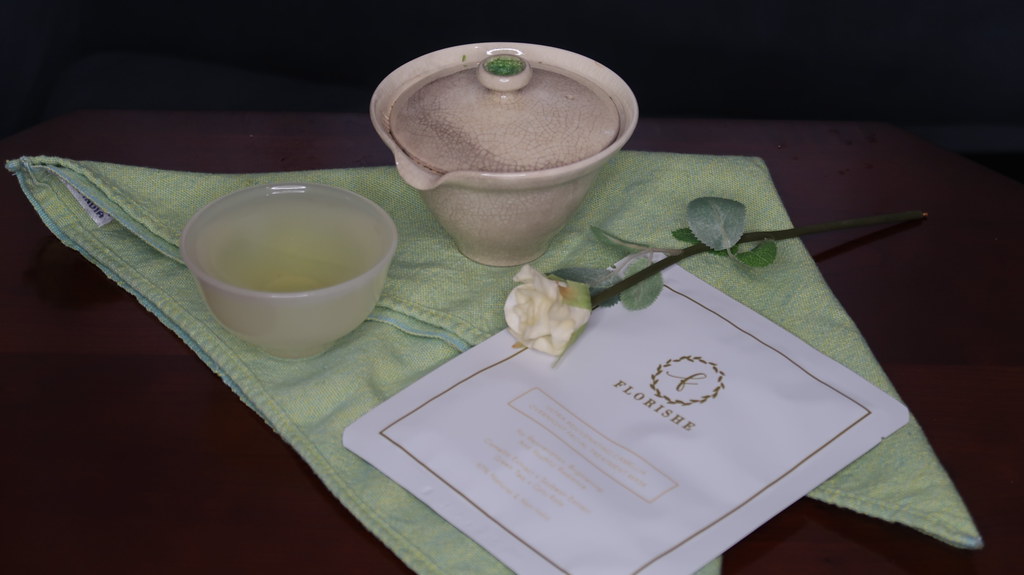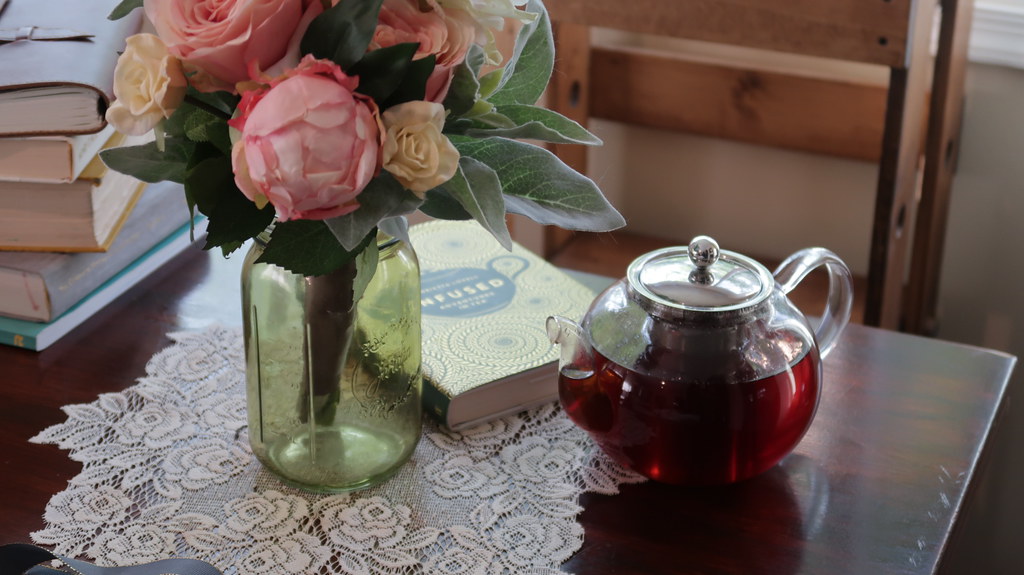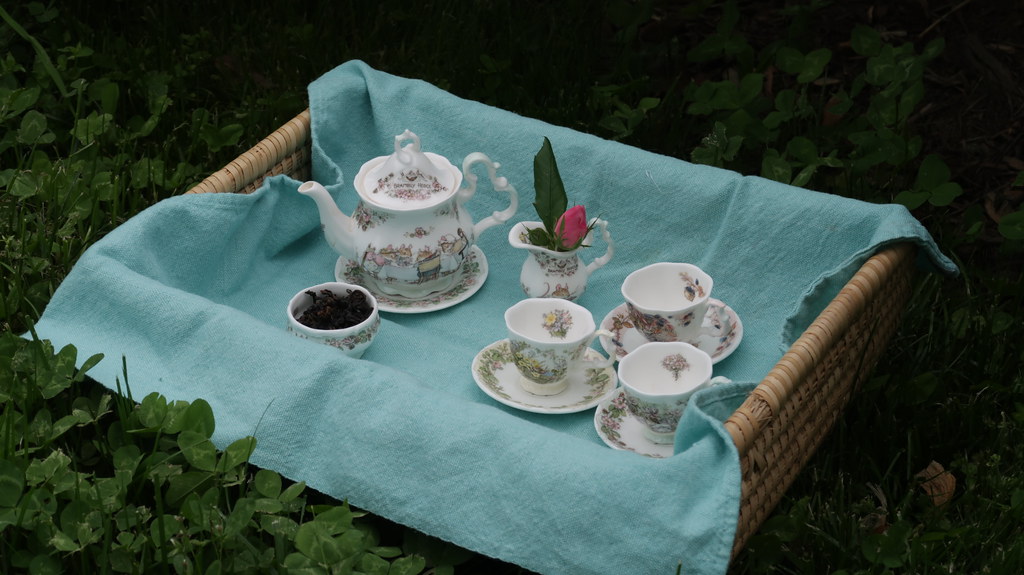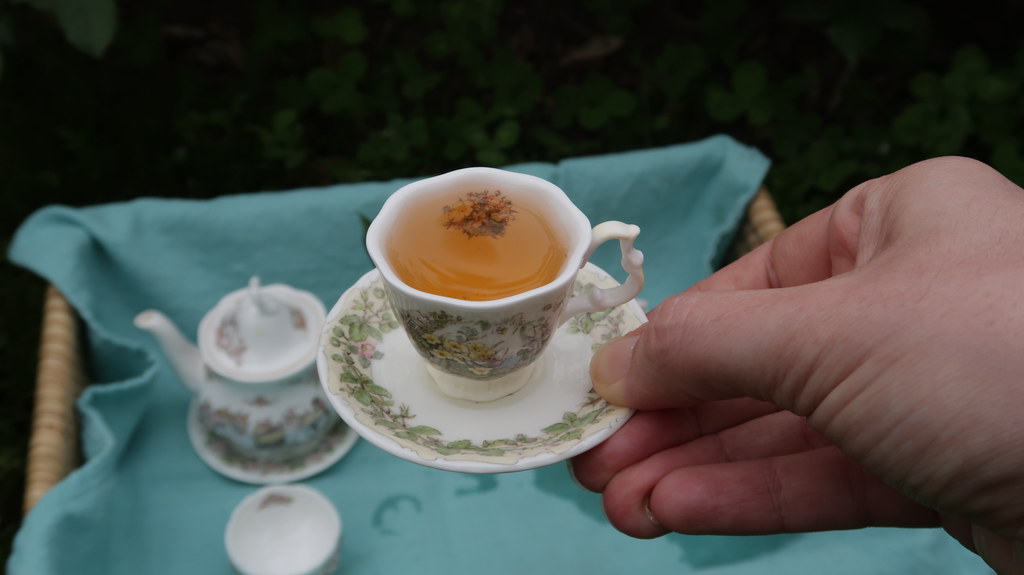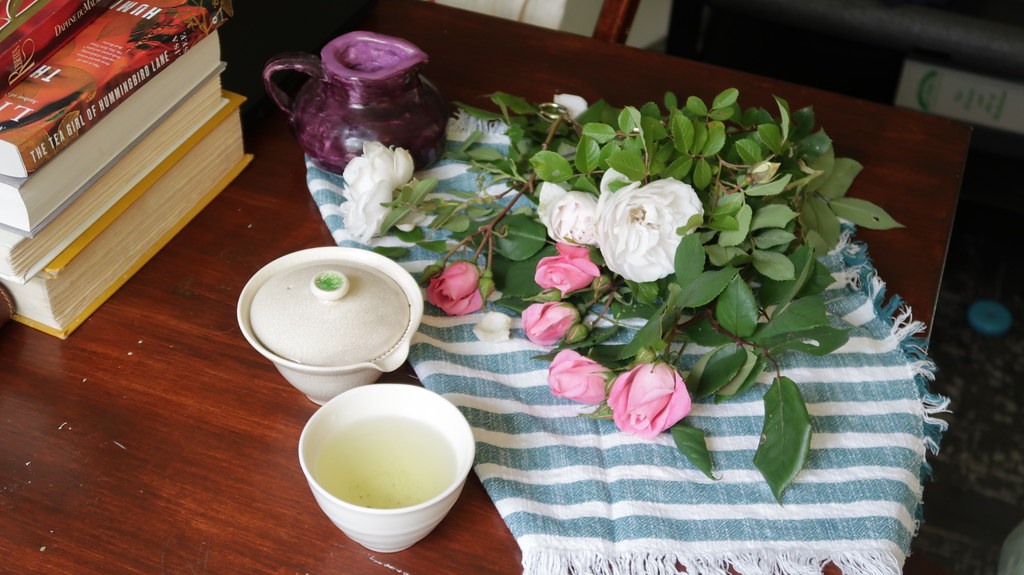As you may know, it’s an odd time. We are most of us trying to navigate changing routines along with existential fears, which does not make for stabilest of times for most of us, mentally. I, for one, have certainly found myself drifting among various states of emotion through the last more than two months. And self care is starting to look very different for a lot of us.
For many of us, having family at home perpetually may interfere with the ability to do yoga or watch a relaxing show or any number of standard stress-relieving activities. Even if salons and spas were open, many of us would not feel comfortable going, particularly for something that feels indulgent and non-essential. But self-care, especially in times of perpetual low-level (or high-level) stress, can also mean not-doing — rather than taking a hot bath, perhaps forgiving yourself for not exercising or getting everything done on your to-do list.
And to that end, I have recently found myself struggling with a personal dilemma. Back in March, I was contacted by Florishe, a Korean skin care company that uses Korean green tea in their products. I let them know that, while I was happy to test their serum, I was no longer using sheet masks, due to my own efforts to generate less waste with my beauty routine. Well, when my box arrived, they had included the sheet masks as well as the serum (and a lovely canvas tote bag). And I had to decide 1.) if I was going to use the masks or gift them, and then 2.) if I would promote them.
But then I had a particularly stressful week. You have probably seen some allusions to as much on my Instagram stories, or perhaps gathered from my recent video where I sat and drank tea laced with bourbon rather than baking. But I’ve found things just a bit difficult lately. And I think what I really needed to cap a particularly rough week was to just relax with a lovely sheet mask and feel glowy and beautiful, even for just an hour.
Alright, the specifics: Florishe is proud to be a “non-toxic” and EWG-verified company, though that is not something that is particularly important to me. More importantly, however, is how they source their ingredients, particularly their teas. They source from small, sustainably-maintained farms and ensure ethical labor practices at their tea farms. This appeals to me as both a beauty-lover and a tea-drinker (and if they ever decided to offer tea as well as skin care, a la Sulwhasoo, I’d be intrigued!). Another thing that I found fascinating was that, when I got the masks, all of the packaging is marked with recycling symbols, so I could recycle basically everything except the mask sheet itself. Which at least soothes a little of that guilt (of course, releasing guilt is part of the self-care, so…).
The mask itself is very juicy, with a large amount of extra essence, which I like to apply to my skin before putting the mask sheet on, to help it be sealed in by the sheet. I do really like that the packaging itself specifically states that you shouldn’t save the essence to use later, which is something that worries me when I see people doing it, since sheet masks are intended to be one-shot products, and are preserved accordingly. The scent is lightly floral and bergamot-y, in a way that reminds me of nice Earl Grey tea. As a migraine sufferer, I found the scent non-cloying and unlikely to trigger a migraine for me (although that will obviously depend on your personal triggers).
The sheet material is a thicker, opaque, papery material, which is not my preference, and lacks the stretchiness of some of the Taiwanese silk sheet masks I used to love before giving them up, but a few strategic snips around the eyes helped it fit my rather large face. I put the mask on after cleansing and using a hydrating toner and oil, and left it on for about 20 minutes, at which point it felt like it was drying a bit around the edges, so I removed, massaged in the extra essence, and found my skin was calmed, plumped, and hydrated, with that typical sheet-mask glow.
And, perhaps most importantly, I felt relaxed. I cannot do much while sheet masking. I had finished working for the day. And my toddler turns out to be an adorable combination of intrigued and a bit frightened of me in a mask, so running after him wasn’t an issue. So I got to sit, mask, and unwind with a cup of green tea (gyokuro from Teaism, since I don’t have any Korean green tea in my stash right now).
The mask makes me curious to try their serum, which is similarly based around their high-quality green tea extract, and which I will write about once I’ve finished a full testing schedule (complete with before and after photos again!).
NB: The mask was sent to me free of charge in exchange for featuring. All thoughts are my own. If you’re interested in collaborating with me, please read my contact and collaboration information.
